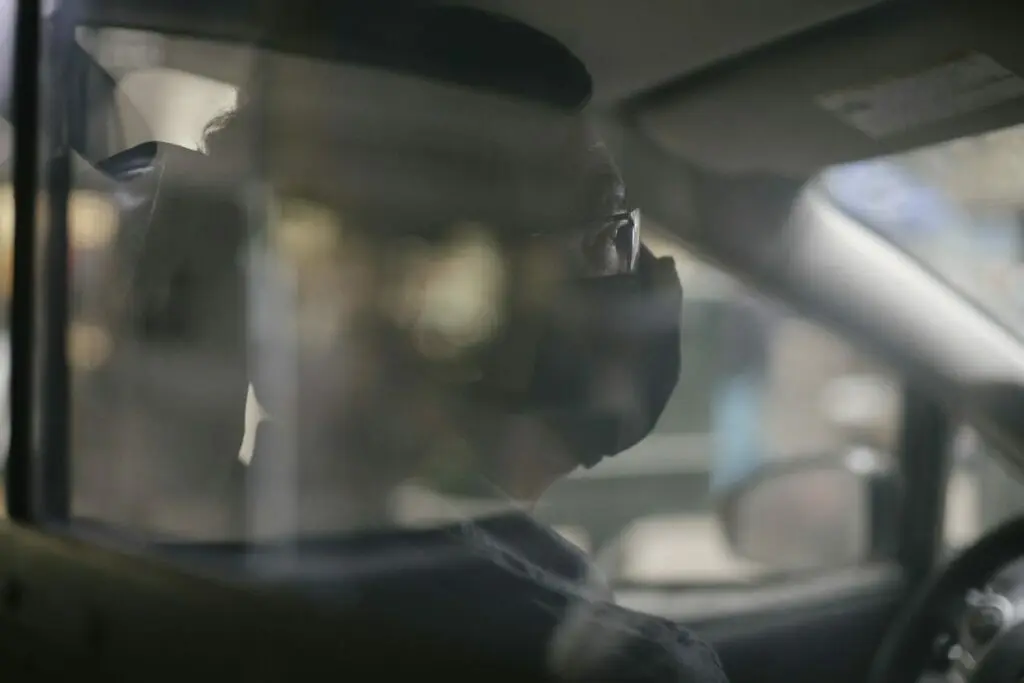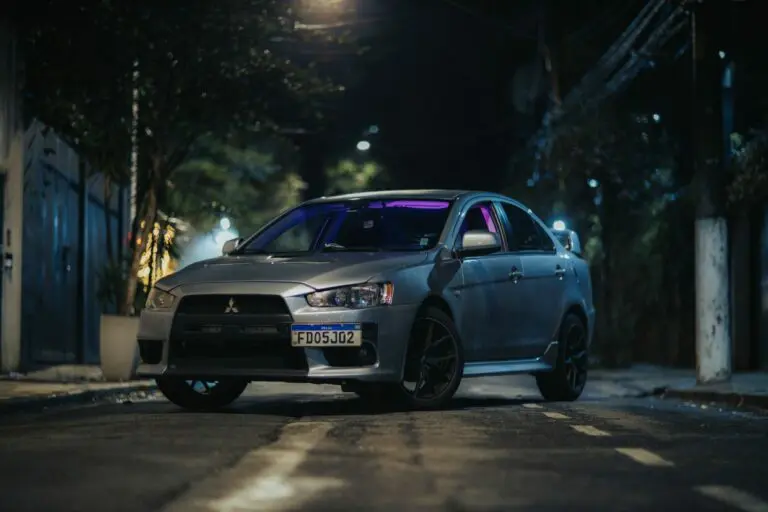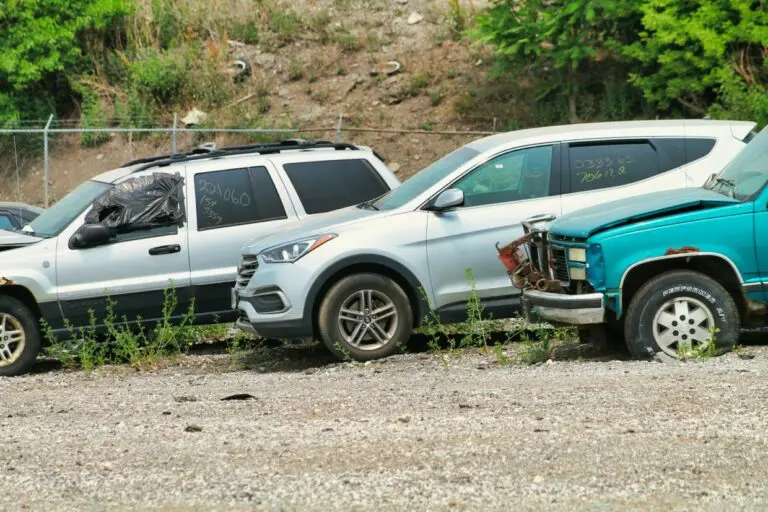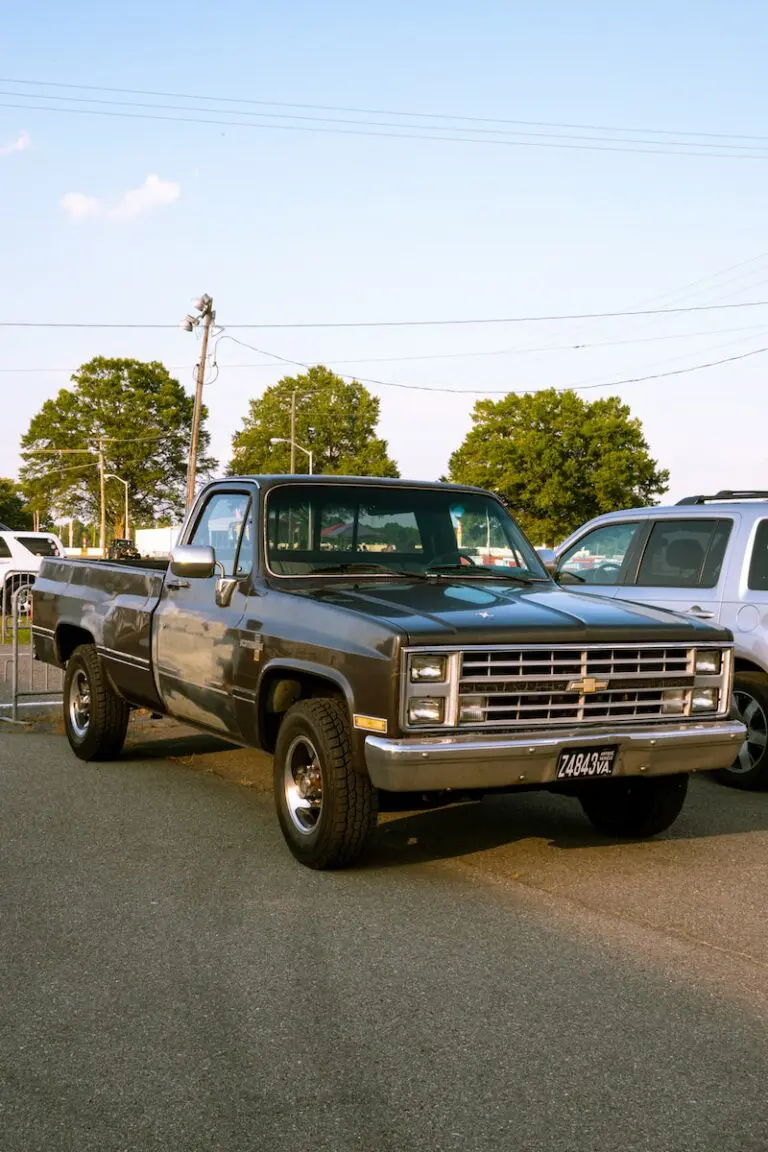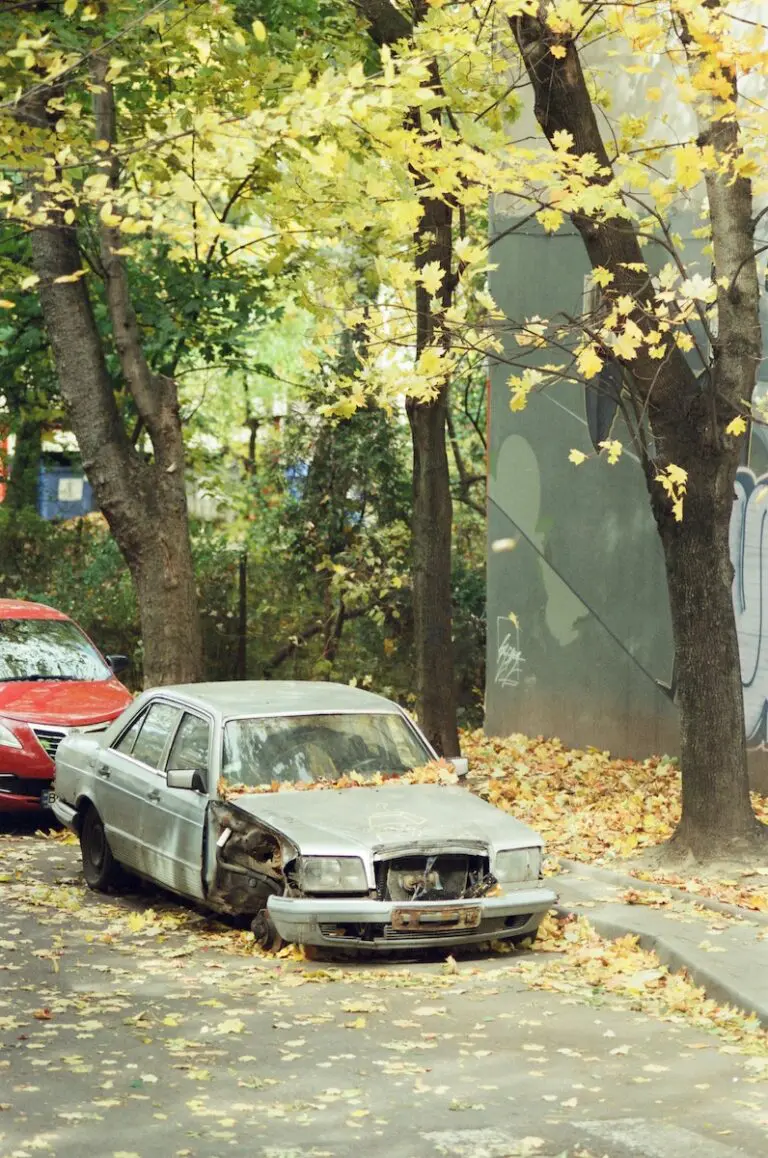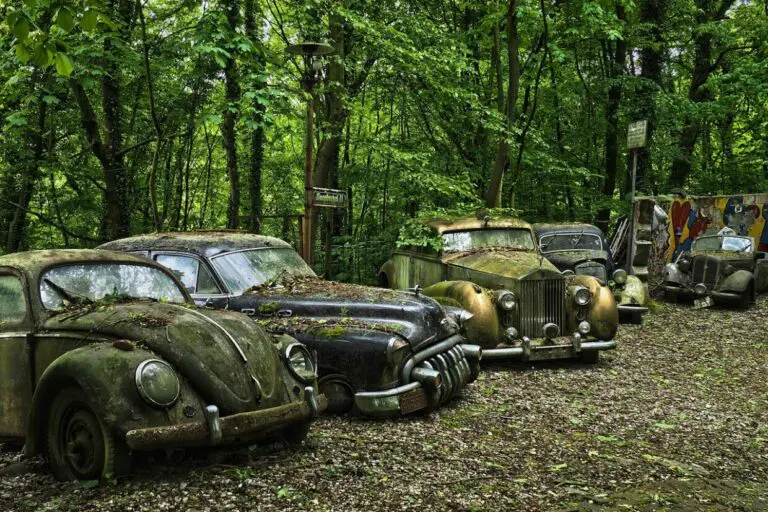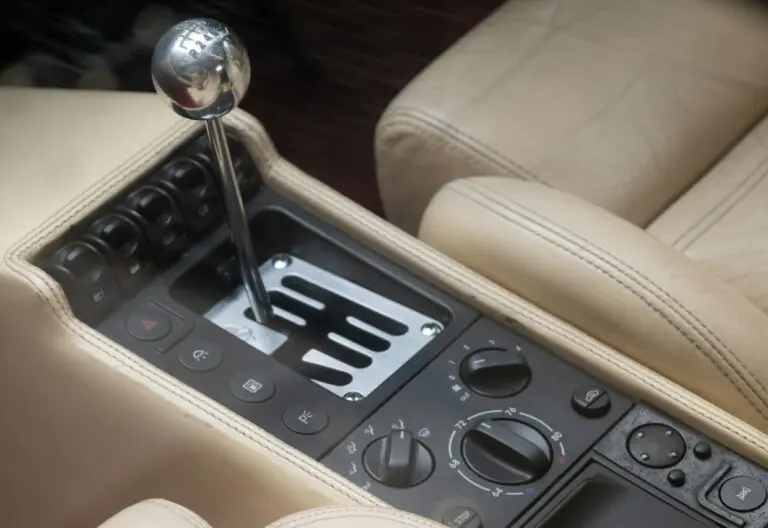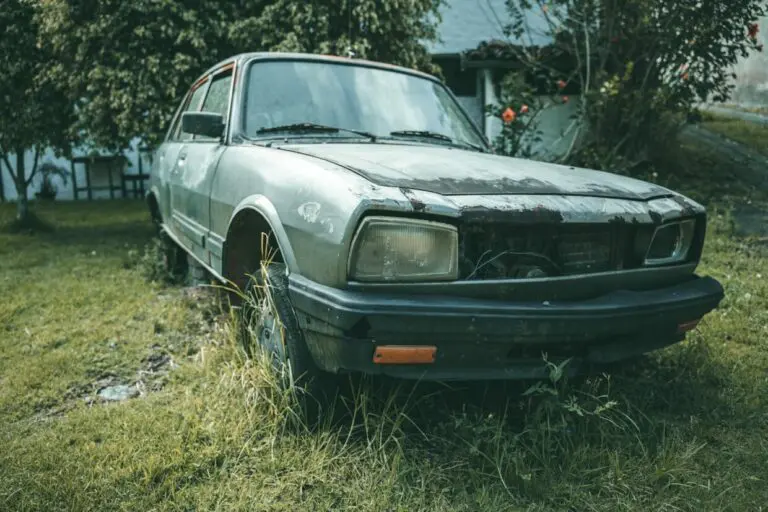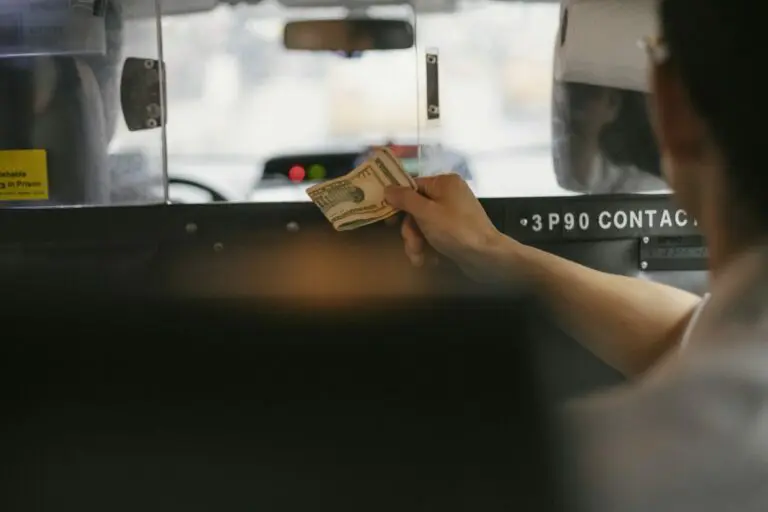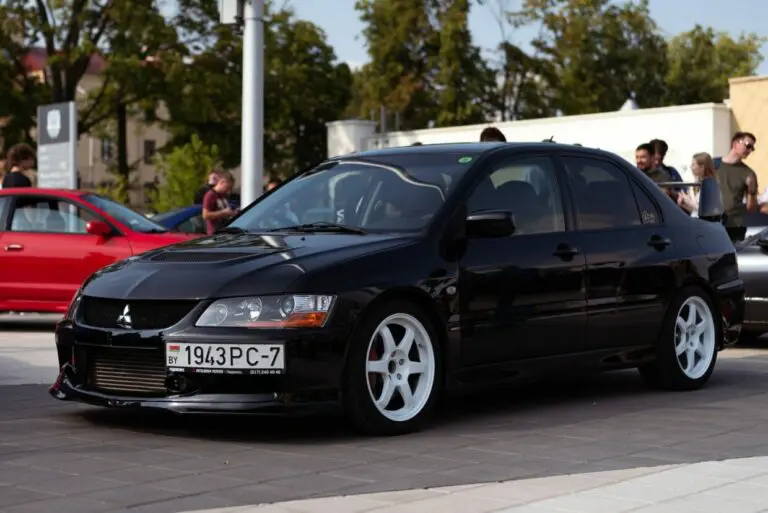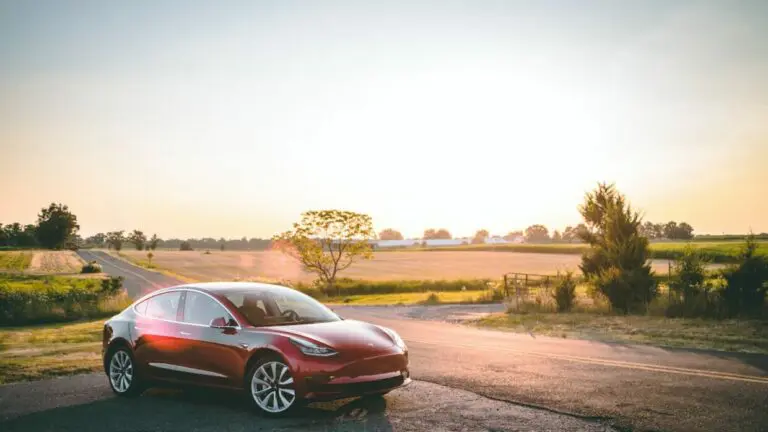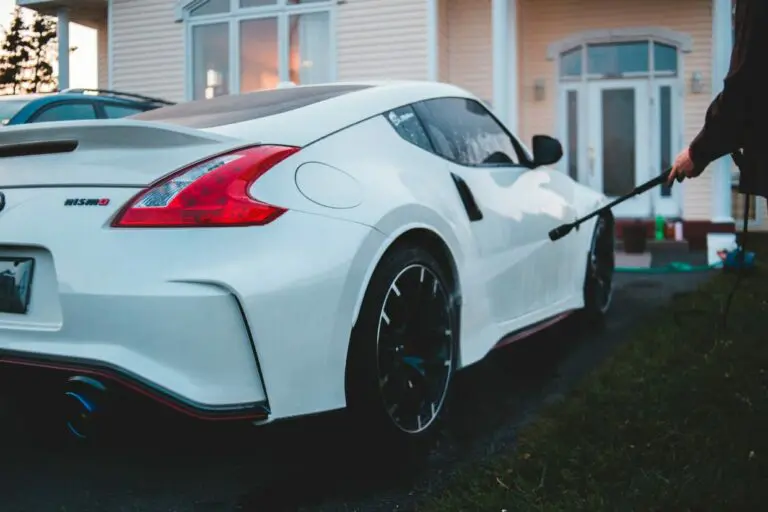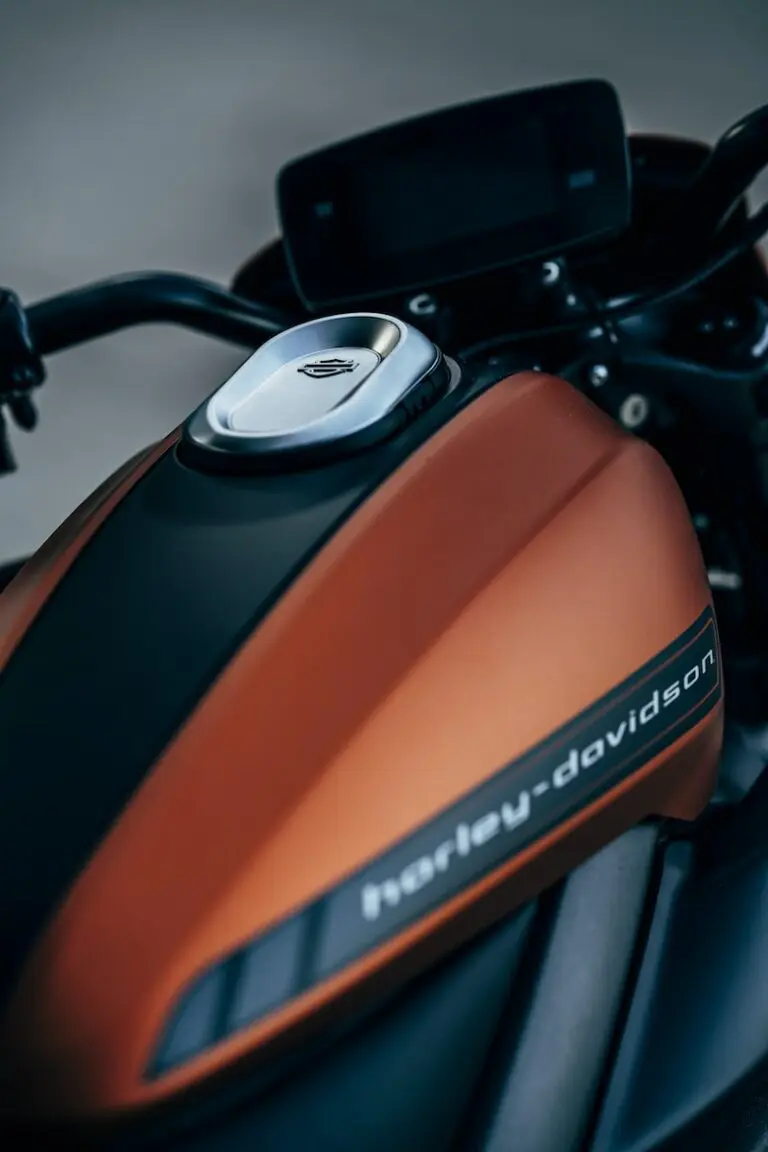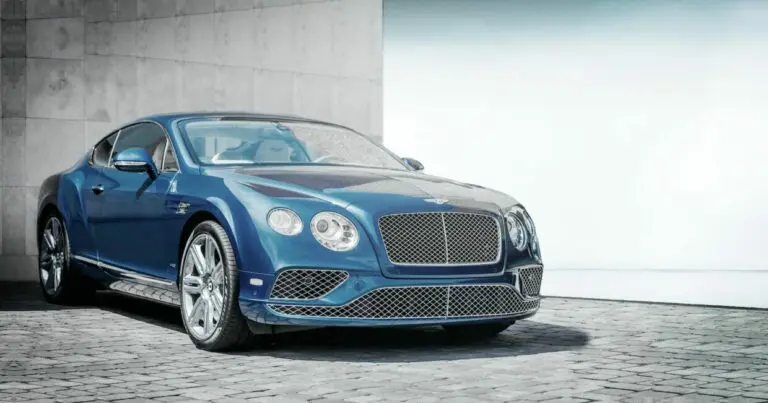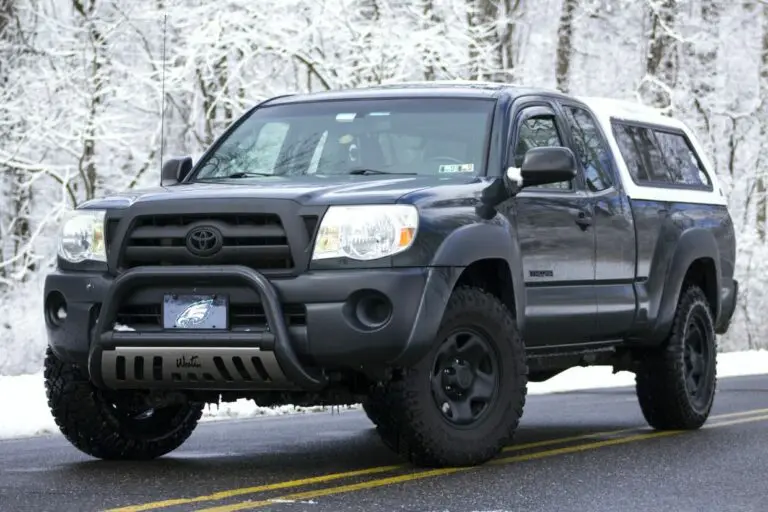Your car’s windshield plays a crucial role in keeping you and your passengers safe while on the road. In the event of an accident, it helps to keep you inside the vehicle and protected from debris and other hazards. But not all windshields are created equal. In this article, we’ll take a closer look at laminated safety glass, the standard for modern car windshields, and explain why it’s important, the benefits it provides, how to use it, and any precautions you should be aware of.
Purpose of Laminated Safety Glass
The primary purpose of laminated safety glass is to provide an additional layer of protection for vehicle occupants in the event of an accident or other impact. This type of glass is made by sandwiching a layer of plastic (typically polyvinyl butyral, or PVB) between two layers of tempered glass. The PVB layer acts as a “glue” that holds the glass together if it’s shattered, preventing the pieces from flying around and potentially causing injury.
Why is it Important?
Laminated safety glass is important because it helps to keep occupants safe in the event of a crash. In the past, car windshields were made from a single piece of tempered glass. While tempered glass is strong and resistant to breaking, it’s also prone to shattering into small pieces if it’s struck with enough force. Laminated safety glass, on the other hand, is designed to stay in one piece even if it’s shattered, providing an extra barrier between you and the outside world.
Benefits of Laminated Safety Glass
There are a number of benefits that come with using laminated safety glass in your car’s windshield. Here are a few of the most notable:
- Increased safety: As mentioned, the PVB layer helps to keep the glass together in the event of a crash, preventing injury from flying glass.
- UV protection: The PVB layer also acts as a filter for UV rays, helping to protect the interior of your car and its occupants from harmful UV radiation.
- Reduced noise: Laminated safety glass does a better job of blocking out wind and road noise, making for a quieter ride.
- Increased energy efficiency: The PVB layer also helps to insulate your car, keeping it cooler in the summer and warmer in the winter.
How to Use Laminated Safety Glass
Using laminated safety glass is as simple as driving your car. There’s nothing special you need to do to get the most out of this type of glass. Just keep in mind that if you do get into an accident or if the glass becomes damaged in any way, you’ll need to have it replaced right away. You should also take note of any cracks or chips on the glass, as these can spread and weaken the structural integrity of the windshield over time.
Precautions
The only real precaution to be aware of when it comes to laminated safety glass is that it should be replaced as soon as possible if it becomes damaged. Even a small chip or crack can weaken the glass and make it more susceptible to shattering in the event of a crash. Additionally, Laminated safety glass can be difficult to repair, so replacement is often the best option.
Why was this Invented?
Laminated safety glass was invented in the 1920s by French chemist Édouard Bénédictus, who accidentally discovered that a piece of plastic cellulose nitrate he was working with had adhered to a broken beaker and held the pieces together. He later developed this idea, using PVB as the interlayer to hold the glass together. This invention was later patented and is widely used in automobiles and other applications where safety and security are a concern. The use of laminated safety glass in cars became widespread in the 1940s and 1950s, as car manufacturers recognized the benefits it provided in terms of occupant safety. Today, it’s standard in almost all new cars, and is also used in airplanes, buses, and other vehicles.
Other Types of Safety Glass
While laminated safety glass is the most common type of safety glass used in cars, there are a few other types that are also used in certain applications.
- Tempered glass: Tempered glass is a type of safety glass that’s been heat-treated to make it stronger and more resistant to breaking. While it’s not as strong as laminated safety glass, it’s still widely used in car windows and other applications.
- Wired glass: Wired glass is made by embedding a mesh of wire into the glass during the manufacturing process. This gives it additional strength and makes it less likely to shatter if it’s struck. Wired glass is mostly used in commercial and industrial applications like fire-rated doors, skylights, and others.
- Laminated tempered glass: This is a combination of laminated and tempered glass in which a PVB layer is placed between two layers of tempered glass. This type of glass provides an even greater level of protection than laminated glass alone, and is often used in high-security applications, like bulletproof glass.
In conclusion
Laminated Safety Glass has been the standard for modern car windshields, it’s important because it provides an additional layer of protection for vehicle occupants in the event of an accident or other impact. It also offers benefits like increased safety, UV protection, reduced noise and increased energy efficiency. Always make sure that if you ever have any damage to your windshield to get it replaced as soon as possible to ensure safety of vehicle occupants.

